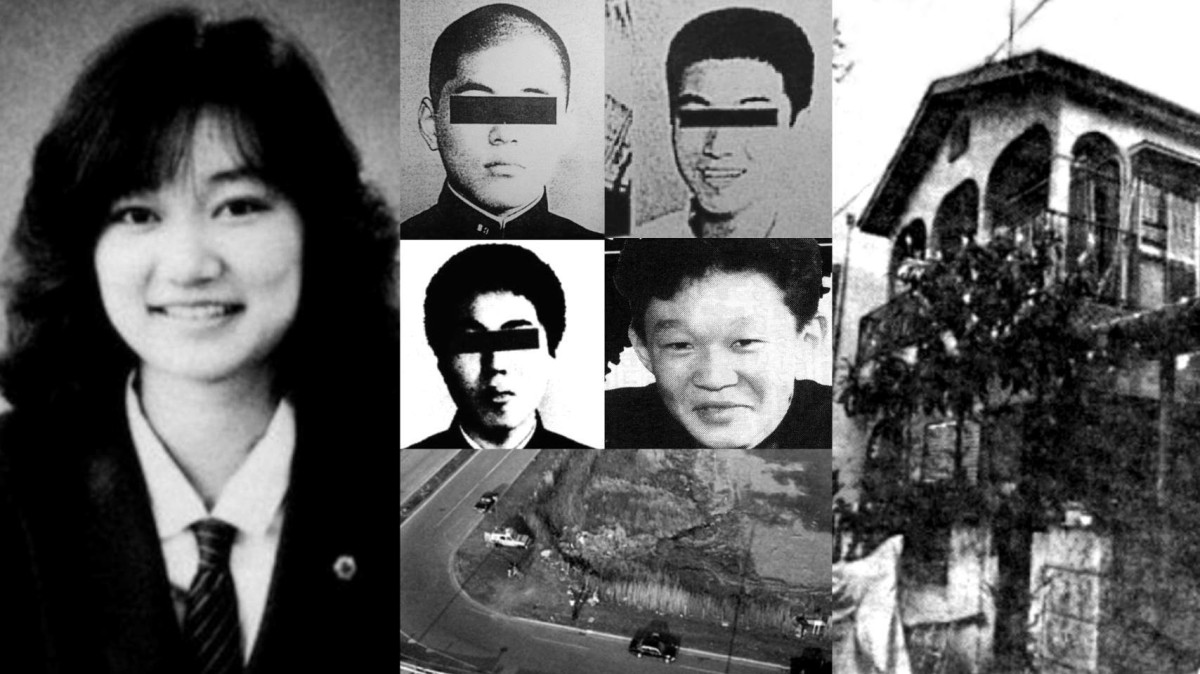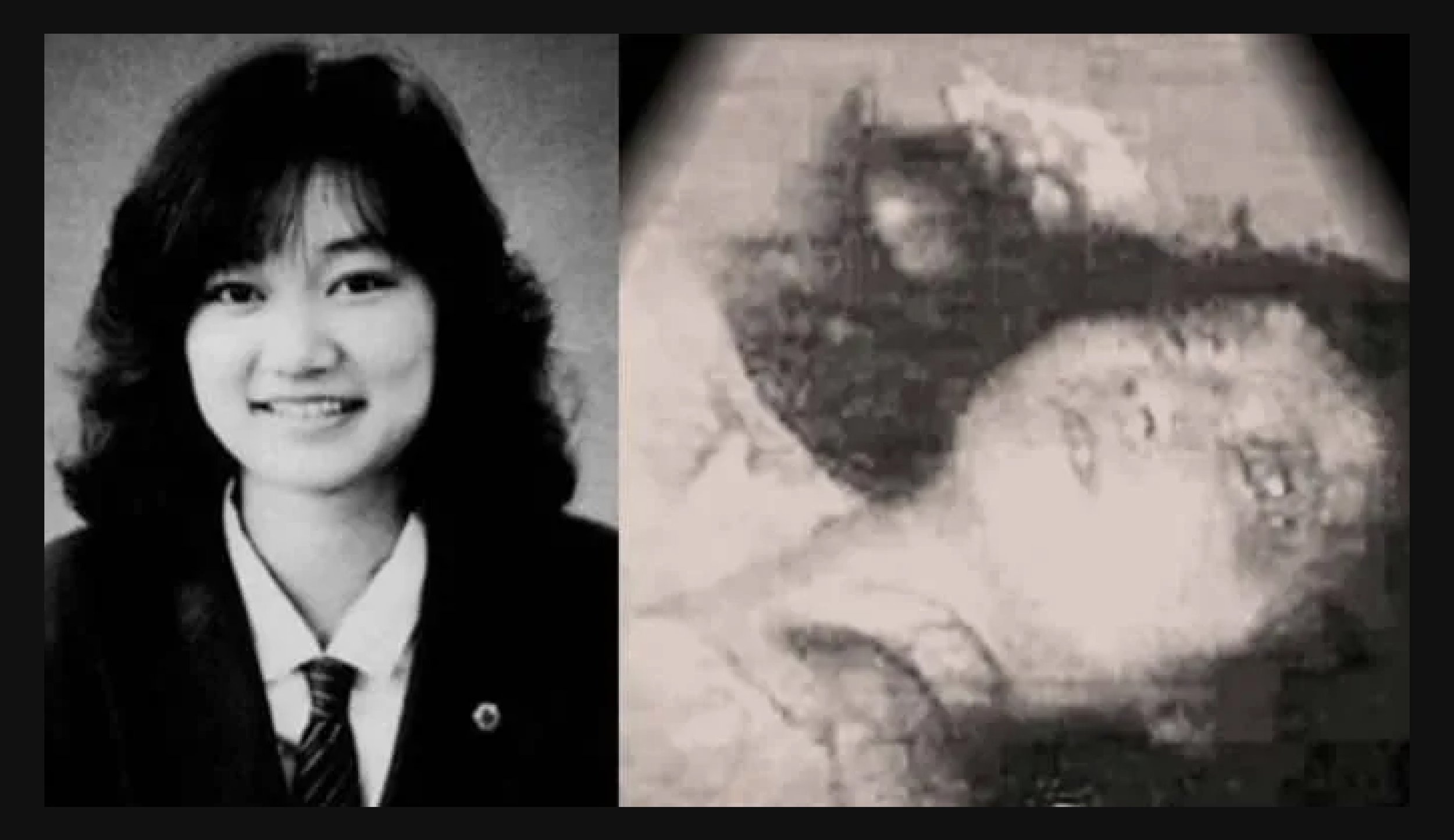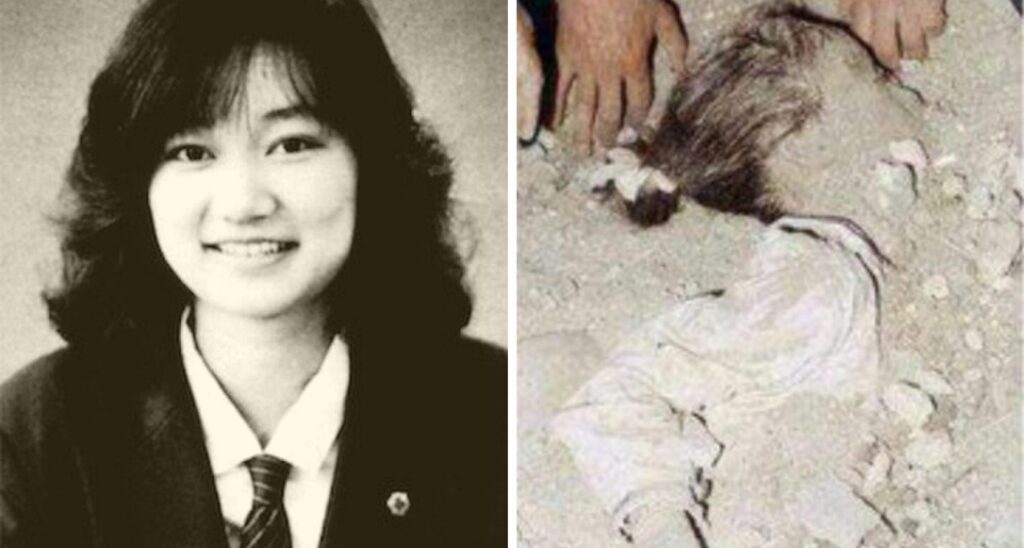Junko Furuta Case: Latest Developments & Updates - Unveiling The Truth
Could the depths of human cruelty ever truly be fathomed? The case of Junko Furuta, a name etched in infamy, stands as a grim testament to the capacity for unspeakable acts, a tragedy that continues to shock and haunt the collective consciousness.
In the annals of Japanese criminal history, few cases resonate with the same chilling intensity as the abduction, torture, and murder of Junko Furuta. This horrific crime, perpetrated in the late 1980s, remains a stark reminder of the darkness that can lurk within humanity. It's a story of unimaginable suffering, the callousness of youth, and the failures of a society to protect its most vulnerable members. The details are brutal, the scope of the torment almost beyond comprehension, yet the case continues to be revisited, debated, and analyzed, not only for its legal and social implications but also as a somber reflection of human nature.
| Category | Details |
|---|---|
| Full Name | Junko Furuta |
| Date of Birth | January 18, 1971 |
| Place of Birth | Misato, Saitama Prefecture, Japan |
| Age at Death | 17 |
| Education | High School Student |
| Cause of Death | Murder (as a result of prolonged torture and abuse) |
| Date of Kidnapping | November 1988 |
| Duration of Captivity | Approximately 40-44 days |
| Date of Death | January 4, 1989 |
| Place of Death | Adachi, Tokyo, Japan |
| Perpetrators | Hiroshi Miyano, Jo Ogura, Shinji Minato (formerly known as Minato), Yasushi Watanabe |
| Conviction | All four were convicted of kidnapping, rape, and murder. |
| Sentence | The sentences received were criticized for their leniency, given the severity of the crimes. |
| Notable Details | The case involved extreme levels of physical and psychological torture. Approximately 100 people were aware of Junko's captivity, but did little or nothing to help her. |
| Legal Fallout | The case sparked important questions about Japan's justice system and its treatment of victims. |
| Societal Impact | The case triggered societal conversations about bullying, violence, and the treatment of women. |
| Reference Website | Wikipedia - Murder of Junko Furuta |
The case began in November 1988, in Adachi, Tokyo, when the 17-year-old Junko Furuta was kidnapped by four teenage boys. This seemingly simple act of abduction was only the beginning of a nightmare that would last for over a month. Junko, a high school student from Misato, Saitama Prefecture, was held captive, subjected to horrific acts of sexual assault, and tortured relentlessly for 40 days, before her death on January 4, 1989. The place where her body was dumped was Tokyo's Koto ward.
The brutality of the case is difficult to overstate. The perpetrators, themselves teenagers, inflicted unimaginable suffering on their victim. The torture was not merely physical; it was designed to break Junko, to strip her of her dignity, and to extinguish her very will to live. The details of her captivity are graphic and disturbing, detailing acts of violence that are almost beyond human comprehension.
The legal proceedings that followed the discovery of Junko's body, and the subsequent apprehension of her murderers, revealed a troubling facet of the case. The sentences handed down to the perpetrators were, by many accounts, shockingly lenient, given the severity of their crimes. This sparked a debate within Japan about the fairness of its justice system, the treatment of victims, and the societal factors that might have contributed to such a horrific act.
The aftermath of the Junko Furuta case has reverberated through Japanese society for decades. It forced a difficult conversation about the treatment of women, the dangers of bullying, and the prevalence of violence in youth culture. The case highlighted the complex interplay of social pressures, the failings of authority figures, and the potential for evil that can exist within even the most seemingly ordinary communities.
The case also highlights the importance of community responsibility. Approximately 100 people knew about Junko Furuta's captivity, but either did nothing to help or actively participated in the abuse. This complicity is one of the most disturbing aspects of the case, a stark illustration of the bystander effect and the moral failures that can occur when individuals prioritize self-preservation over the well-being of others.
The recent news of the re-arrest of some of the perpetrators serves as a grim reminder of the case's enduring impact. In 2018, one of the convicts, Shinji Minato (formerly known as Minato), was arrested for allegedly assaulting a company employee, using a metal baton to beat him. These events underscore the long shadow cast by the Furuta case and the challenges of rehabilitation and reintegration for those involved.
The original house where Junko was held captive was torn down and rebuilt, but the adjacent houses remain. The telephone pole that the boys used to climb to reach Junko's room is still standing, a chilling reminder of the location where the crime took place. These physical remnants serve as potent symbols of the tragedy, forever linked to the memories of the crime.
The story of Junko Furuta is not for the faint of heart. The details are disturbing, the pain is palpable, and the sense of injustice is overwhelming. Yet, it is a story that must be told, not to sensationalize the horror, but to remember Junko, to learn from the tragedy, and to strive for a society where such atrocities can never happen again. This case remains one of the most shocking and heartbreaking criminal cases in the history of Japan, a constant reminder of the importance of vigilance, empathy, and the unwavering protection of the innocent.
In remembering Junko Furuta, we must confront the difficult questions this case raises. How could such a crime occur? What societal factors allowed it to happen? And what can we do to ensure that such a tragedy is never repeated? The answers are not easy, but the quest for them is essential. The case of Junko Furuta serves as a cautionary tale, a demand for reflection, and a call to action. It is a story that should never be forgotten.
The legal fallout from this case has raised important questions about the country's justice system, while the societal impact of the case has sparked crucial conversations about bullying, violence, and the treatment of women. The story of Junko Furuta is a reminder of the importance of empathy, understanding, and the need to protect the most vulnerable members of our society.
It's a real story that can leave you shattered. She was less than 5 months away from graduating high school at the time. The police found the drum containing Furuta's body the following day. She was identified via fingerprints. The rape and murder of Junko Furuta is considered one of the most heinous crimes in Japanese history. Junko Furuta endured hellish torture for 44 days.
The perpetrators received surprisingly lenient sentences due to their ages at the time of the crime, which drew criticism and raised concerns about the application of justice in cases involving juvenile offenders. The case also triggered discussions about the role of complicity, as it was reported that several individuals knew about Junko's captivity and the abuse she endured, but did not intervene.
The case has been the subject of numerous documentaries, books, and online discussions. The case continues to be a topic of debate and discussion in Japan, and it remains a powerful symbol of the dark side of human nature and the importance of fighting against violence and injustice.
The enduring impact of the case highlights the need for continued vigilance against violence, the importance of supporting victims, and the need to hold those responsible for such crimes accountable for their actions. The story of Junko Furuta is a stark reminder of the importance of compassion, empathy, and the need to create a society where all individuals feel safe and protected.

.jpg?format=2500w)
